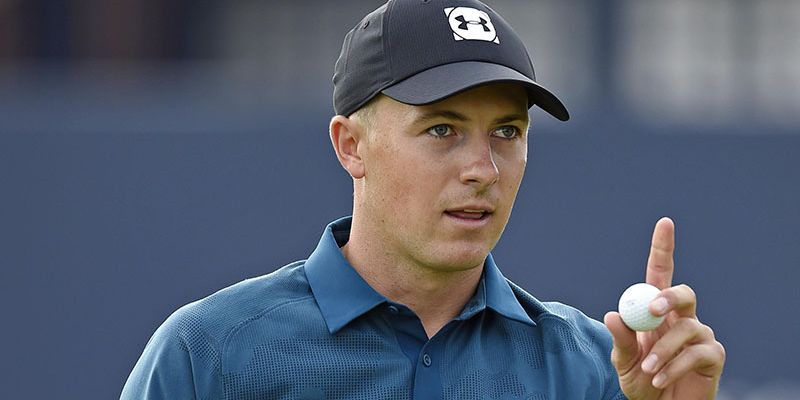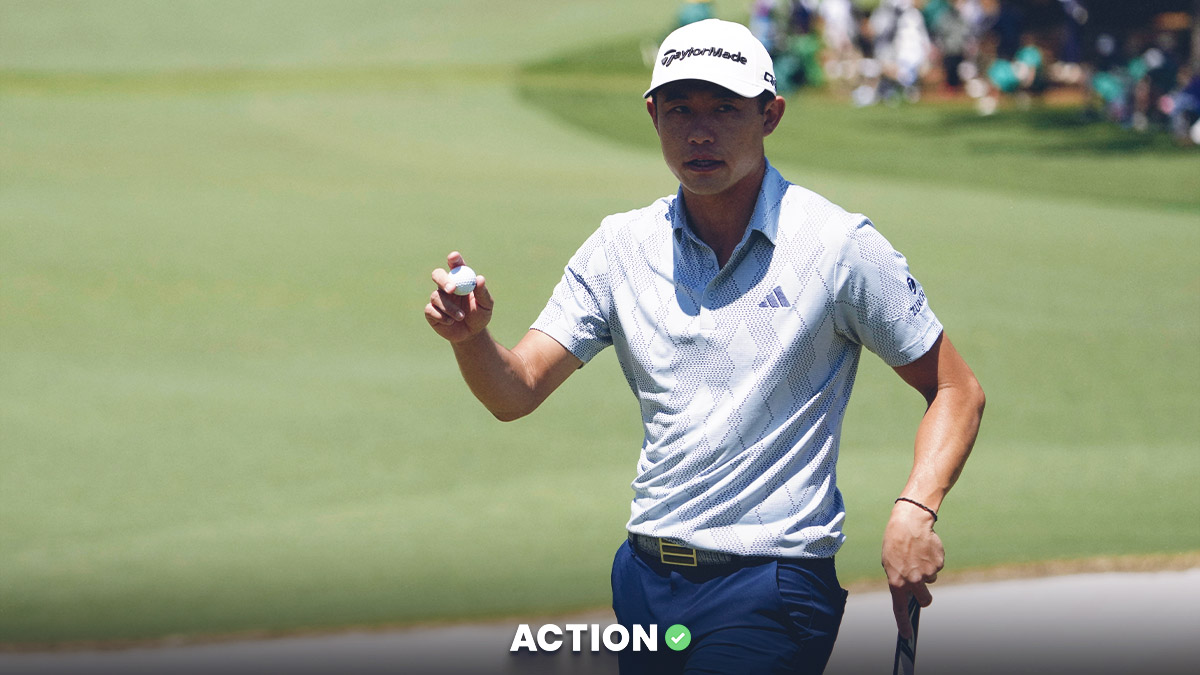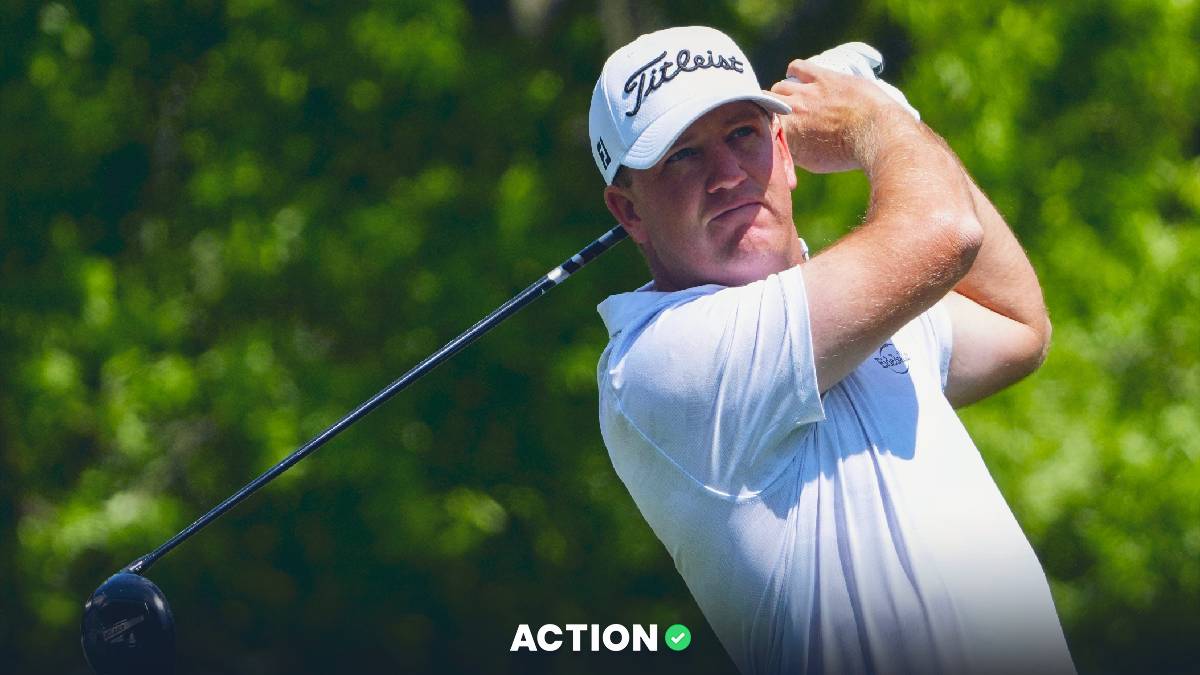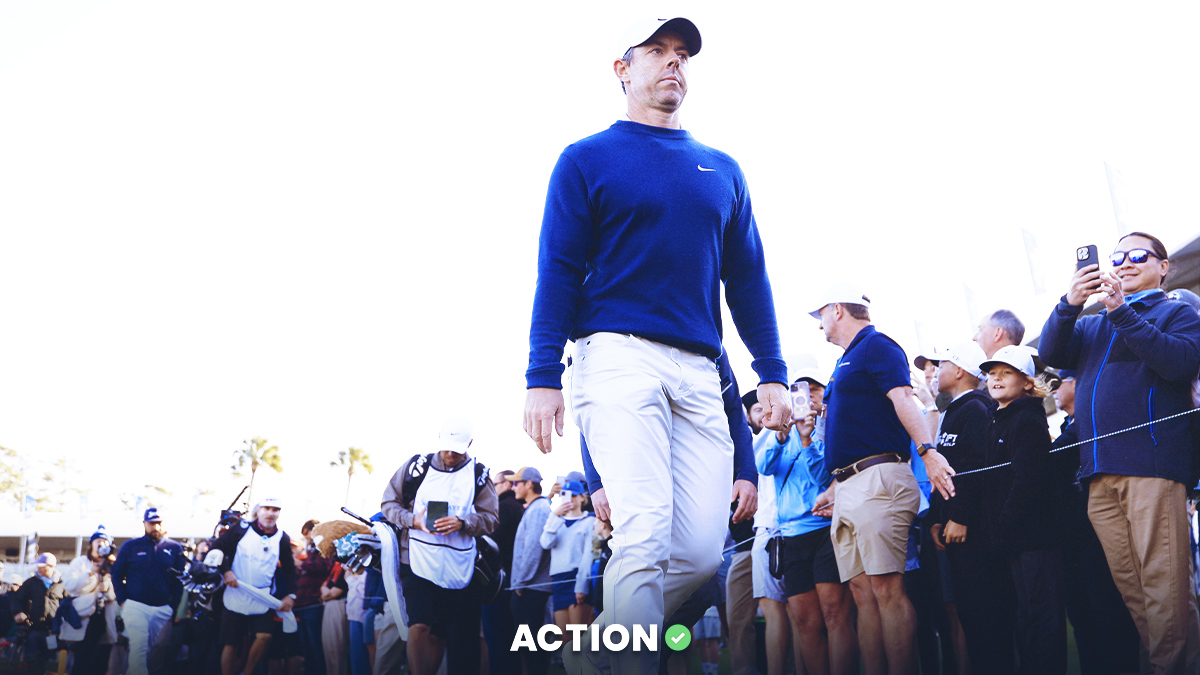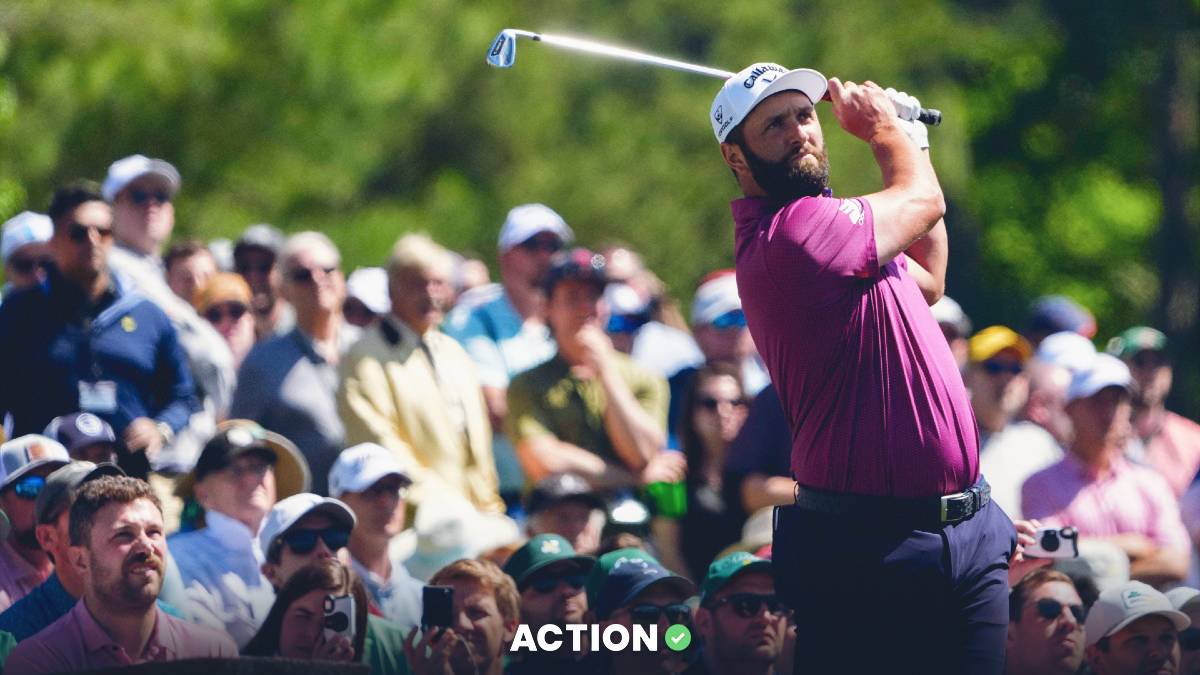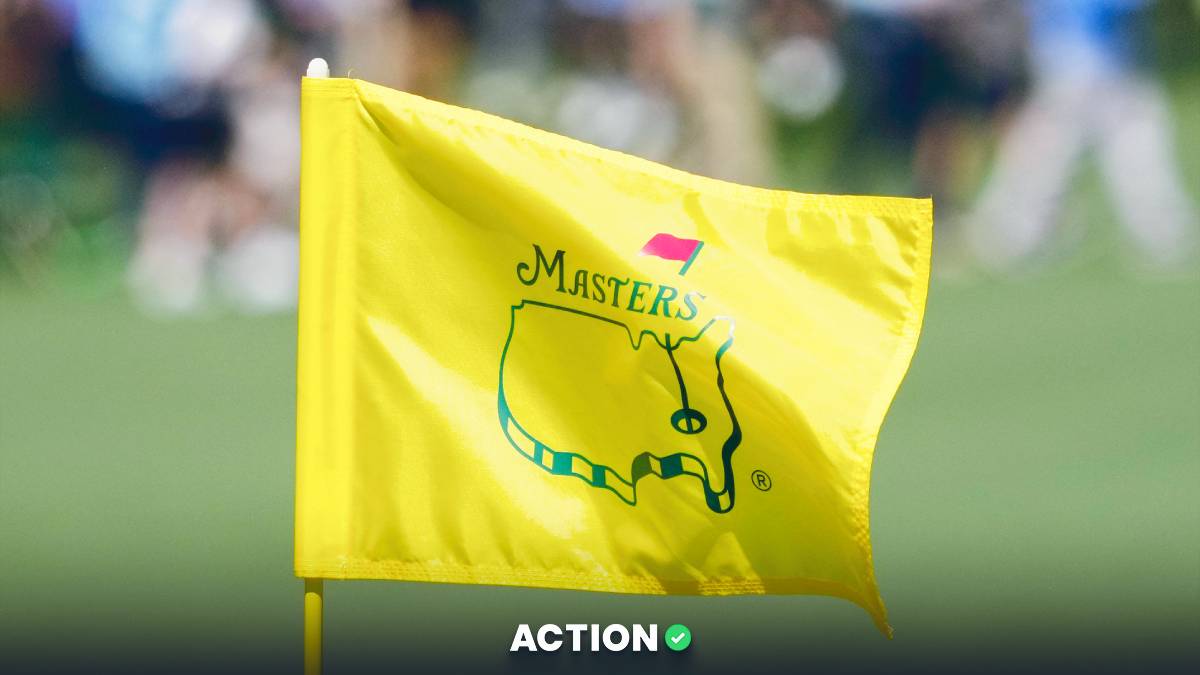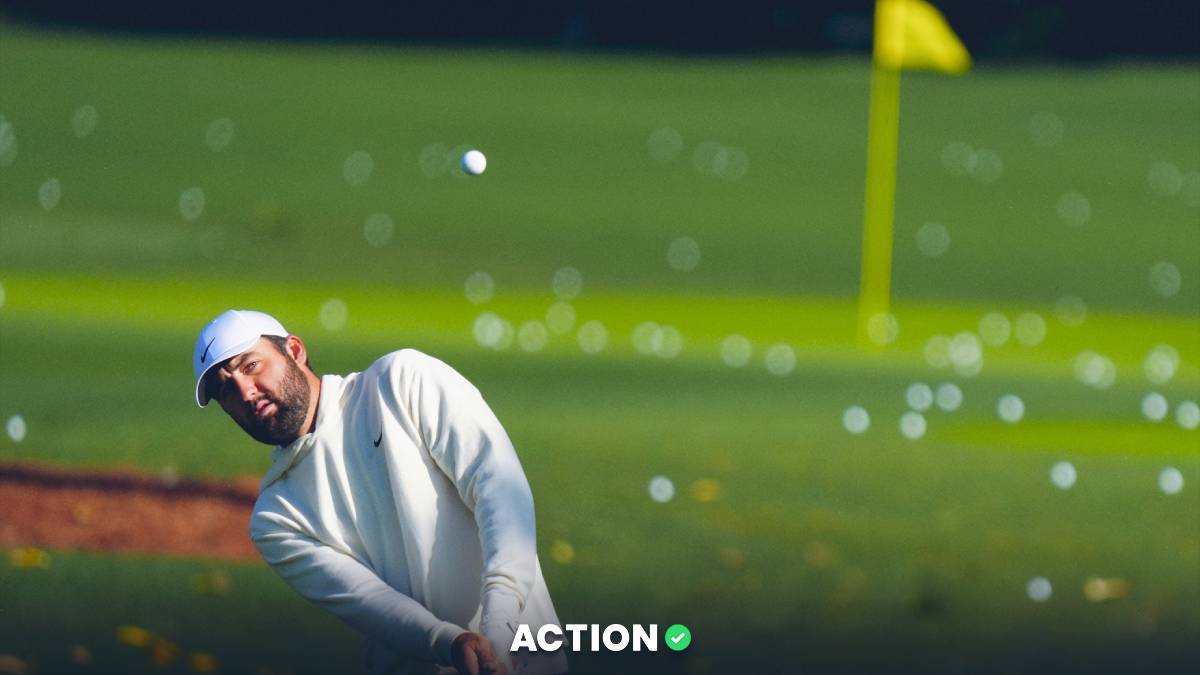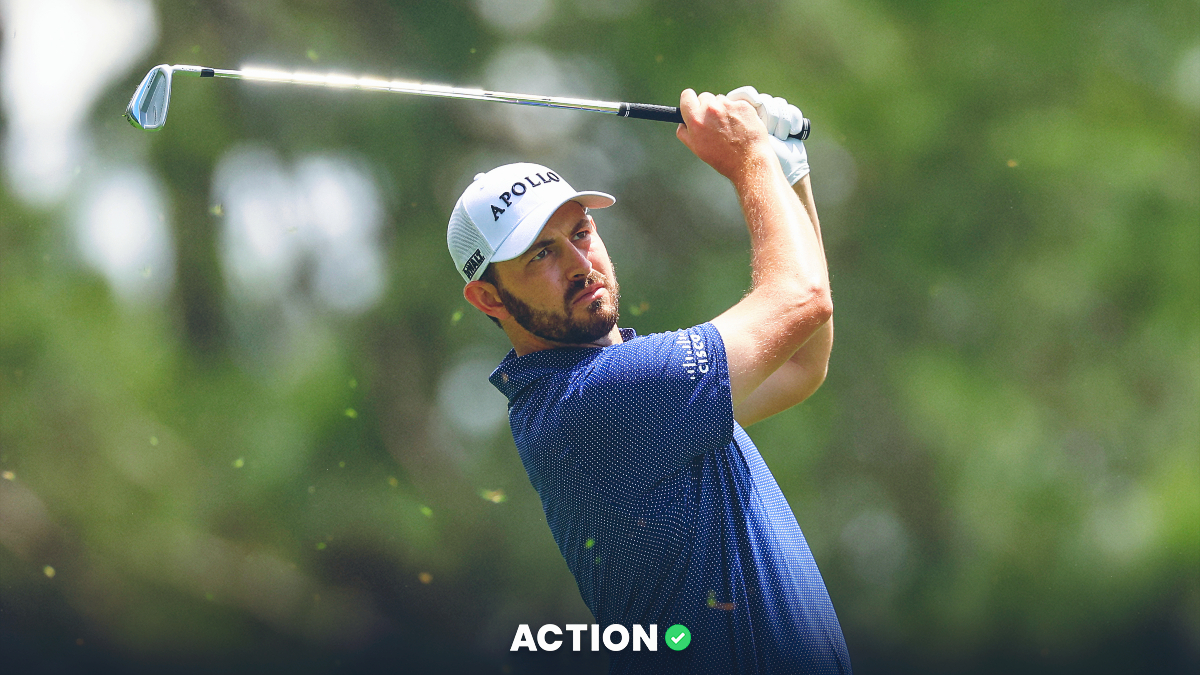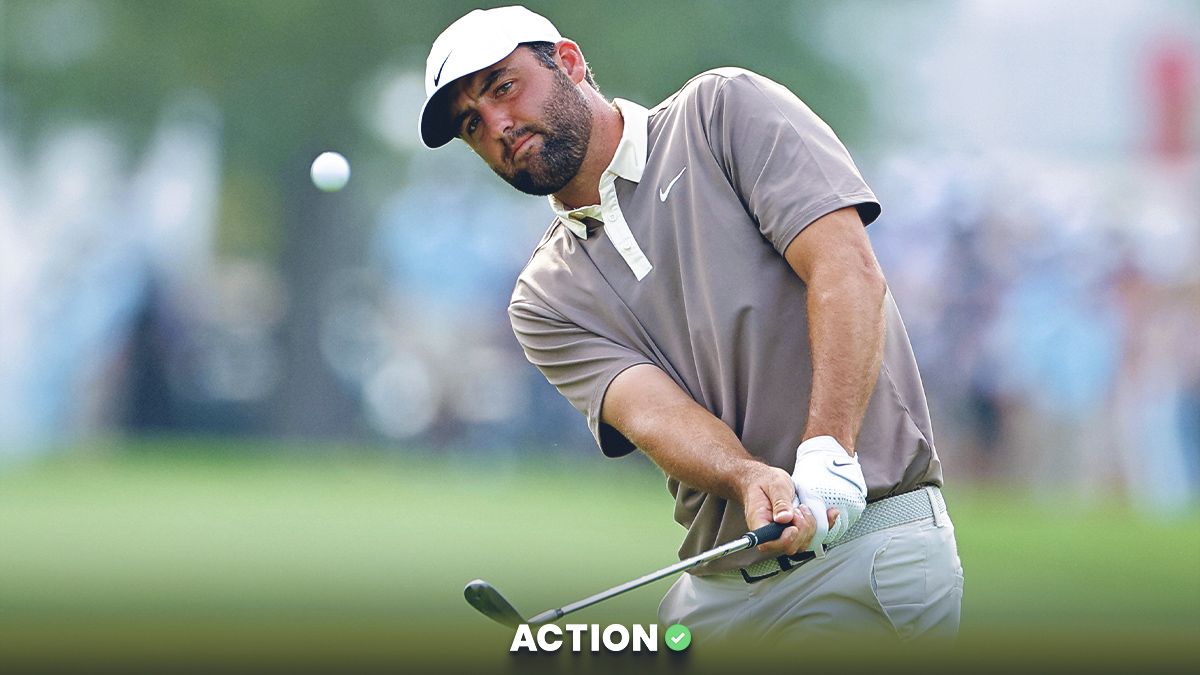We hear it all the time during major championship weeks.
This player always steps up his game at the biggest events. That player always seems to underperform.
Well, I was sick of theories. I wanted some definitive evidence.
So, I waded through the data.
>> Download The Action Network App to get real-time golf odds, track your bets and follow all of our experts' picks.
- Using results from all OWGR-sanctioned tours (PGA, European, Asian, Web.com, etc.), I found the average results in majors and non-majors for the current top 51 in the world over the past five years.
- I then calculated the differential in each player’s average results between the two, concluding with a number that should tell us, once and for all, which players step up their games and which ones underperform compared to their non-major baseline.
- That last part is important: What I found isn’t supposed to be a reflection of which players are considered the best major performers. Instead, it shows who tends to fare better — or worse — than their usual average result.
- Some of the smaller details: I counted all missed cuts as 80th-place finishes, which penalizes those results, but doesn’t skew the numbers too much; all WDs and DQs were omitted; the original idea was compile these stats from the top 50, but, well, Tiger Woods slipped to 51st this week, and you were all gonna ask about him anyway, so you get 51 instead.
- Some of the bigger details: Yes, five years is a somewhat arbitrary number, but I had to cut it off somewhere. Justin Thomas was still playing Web.com events five years ago and Jon Rahm wasn’t a pro, while Woods didn’t get the benefit of tracing these numbers back to, oh, 1997. I felt like a half-decade was a fair amount of time, though I’ll admit there still isn’t a huge sample size for some of the recent up-and-comers, both on the higher and lower end of this chart.
OK, enough words. Let’s get to the numbers.
And your winner is … Xander Schauffele.
No, that doesn’t mean I’m picking him for this week’s PGA Championship or any other major — yet. What it means is that in his young career, X-man has displayed a propensity for saving his best stuff for the biggest weeks.
In six major starts — all in the past 16 months — Schauffele owns three finishes of sixth or better and has only missed one cut. Again, that’s not the greatest sample size, but the fact that he’s finished an average of nearly 20 spots higher on major leaderboards is obviously noteworthy.
>> Sign up for The Action Network's daily newsletter to get the smartest conversation delivered into your inbox each morning.
It should come as little surprise that Brooks Koepka showed well here, too. It’s no secret that he plays his best golf in majors — and his number is probably assisted by the fact that, truth be told, he tends to look bored at some regular PGA Tour events.
Louis Oosthuizen, Tony Finau, Rickie Fowler, Haotong Li and Jordan Spieth round out the seven players who own a positive differential from non-majors to majors. That’s especially impressive for Oosthuizen, Fowler and Spieth, who have competed in all 19 majors since the beginning of the 2014 campaign.
Some observers might be shocked that a two-time Masters champion finds himself on the bottom of this list. Really, though, the number simply exposes a harsh truth about Bubba Watson: He’s either really good or really inconsequential.
In this five-year period, he owns one of those Masters victories and a top-five at that event this year. But he also has no other top-20 results and has missed nine cuts in 19 major starts.
Alex Noren might be a bit surprising at 50th on this list, but this goes beyond his lone top-10 major finish on the chart. As a European Tour regular, Noren’s non-major results are beefed up by him at times playing against inferior competition on that circuit. Please, don’t start angry-tweeting me from the U.K.; this is just math. The fields are weaker, which accounts for guys like Tommy Fleetwood, Tyrrell Hatton and Ross Fisher also hovering near the bottom.
If you’re a fan of Jon Rahm or Patrick Cantlay, I wouldn’t fret too much yet. Again, this list only shows what’s happened already; it shouldn’t serve as a direct predictor of future success.
That said, if you’re looking to make a few longshot bets or fill out the back end of some DFS rosters, this can be a helpful tool. Don’t be surprised if some of the names near the top of this list once again step up their games this week at the final major championship of the year.



